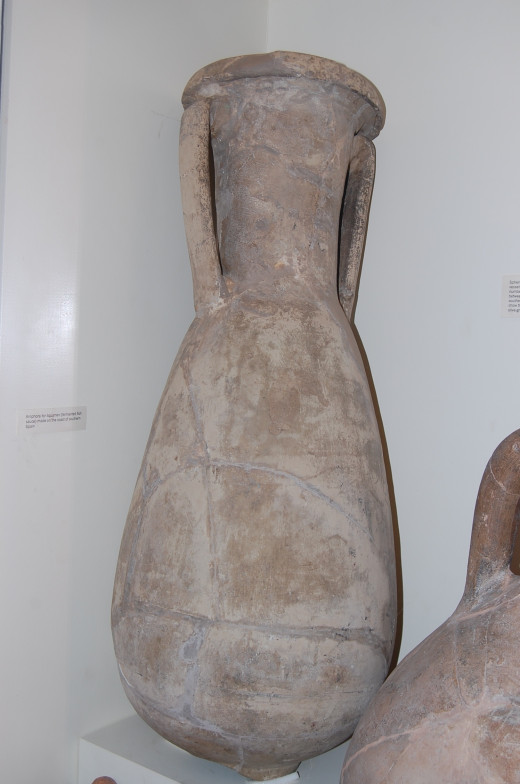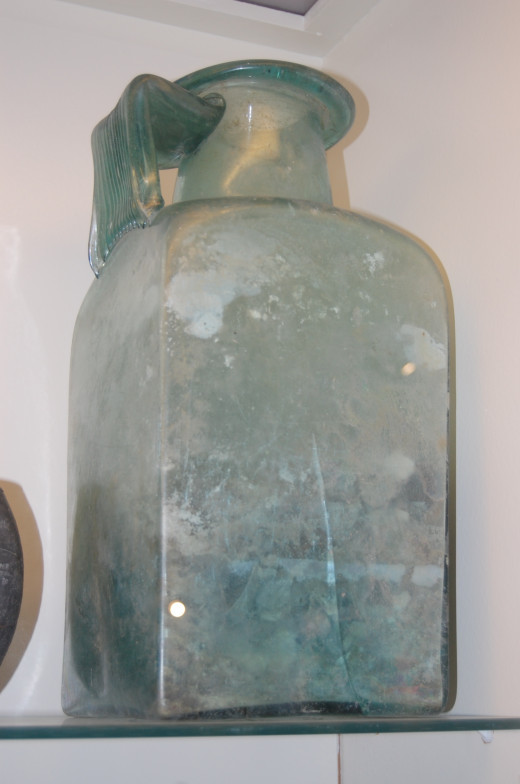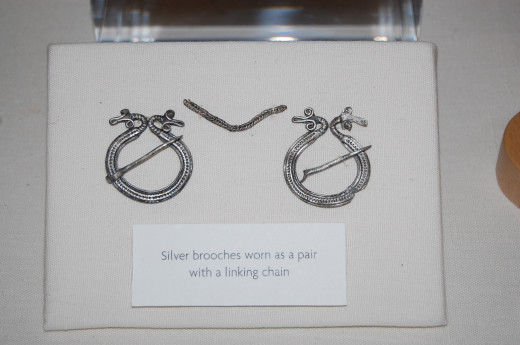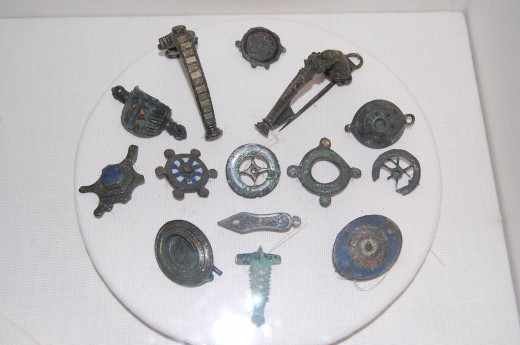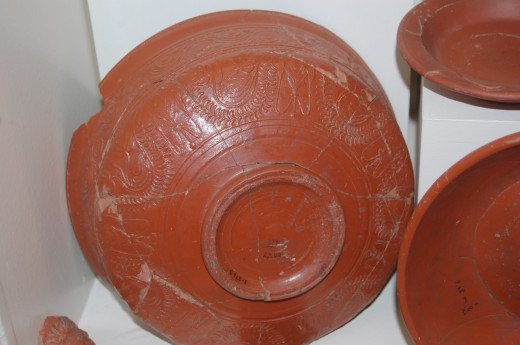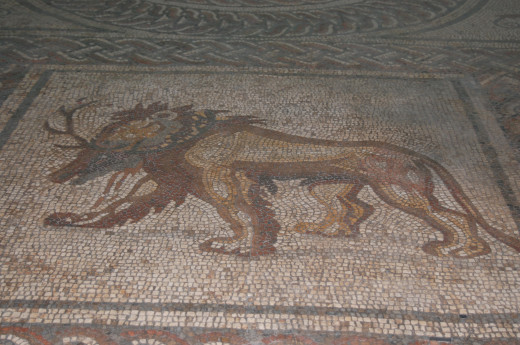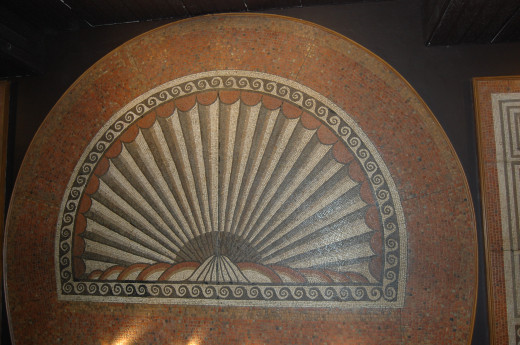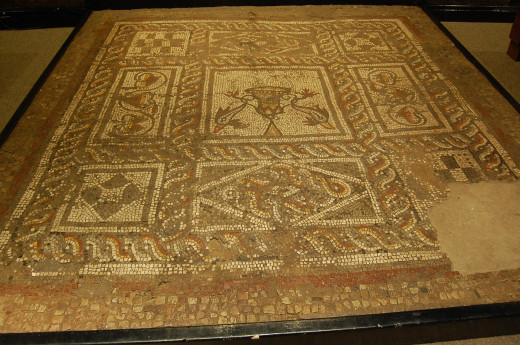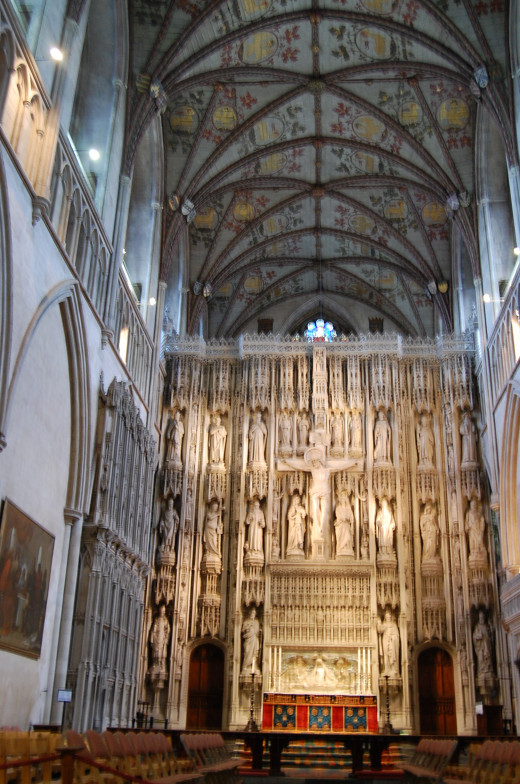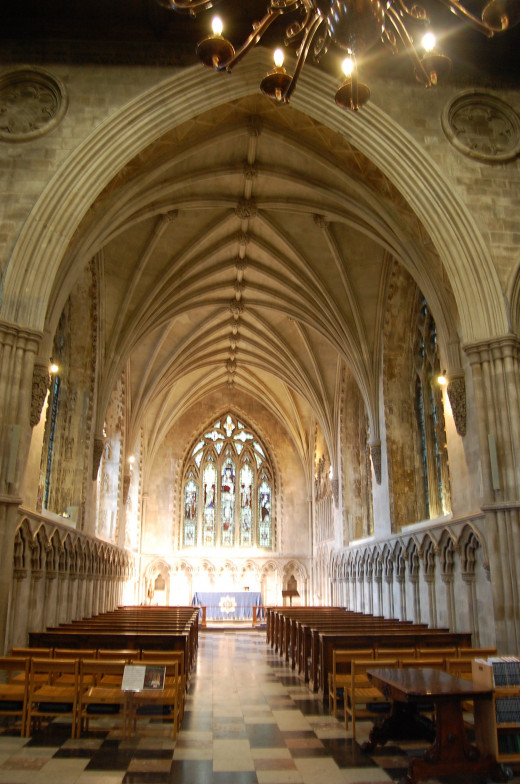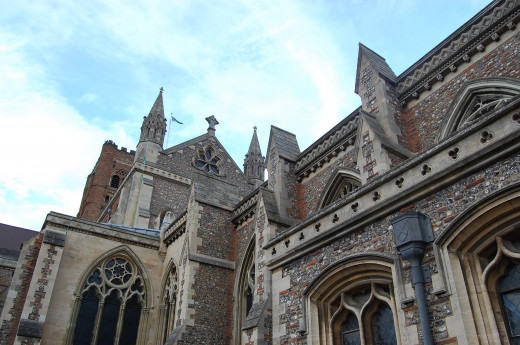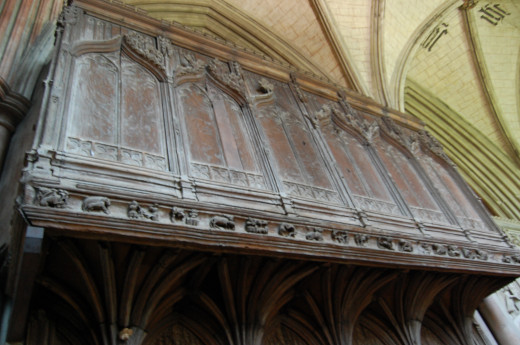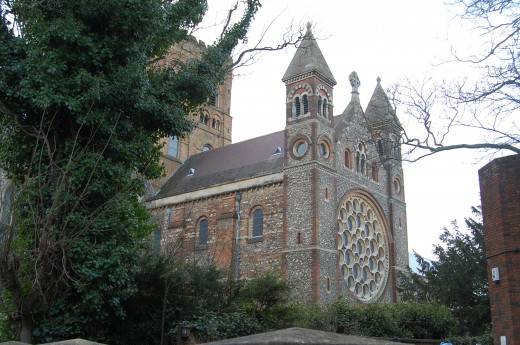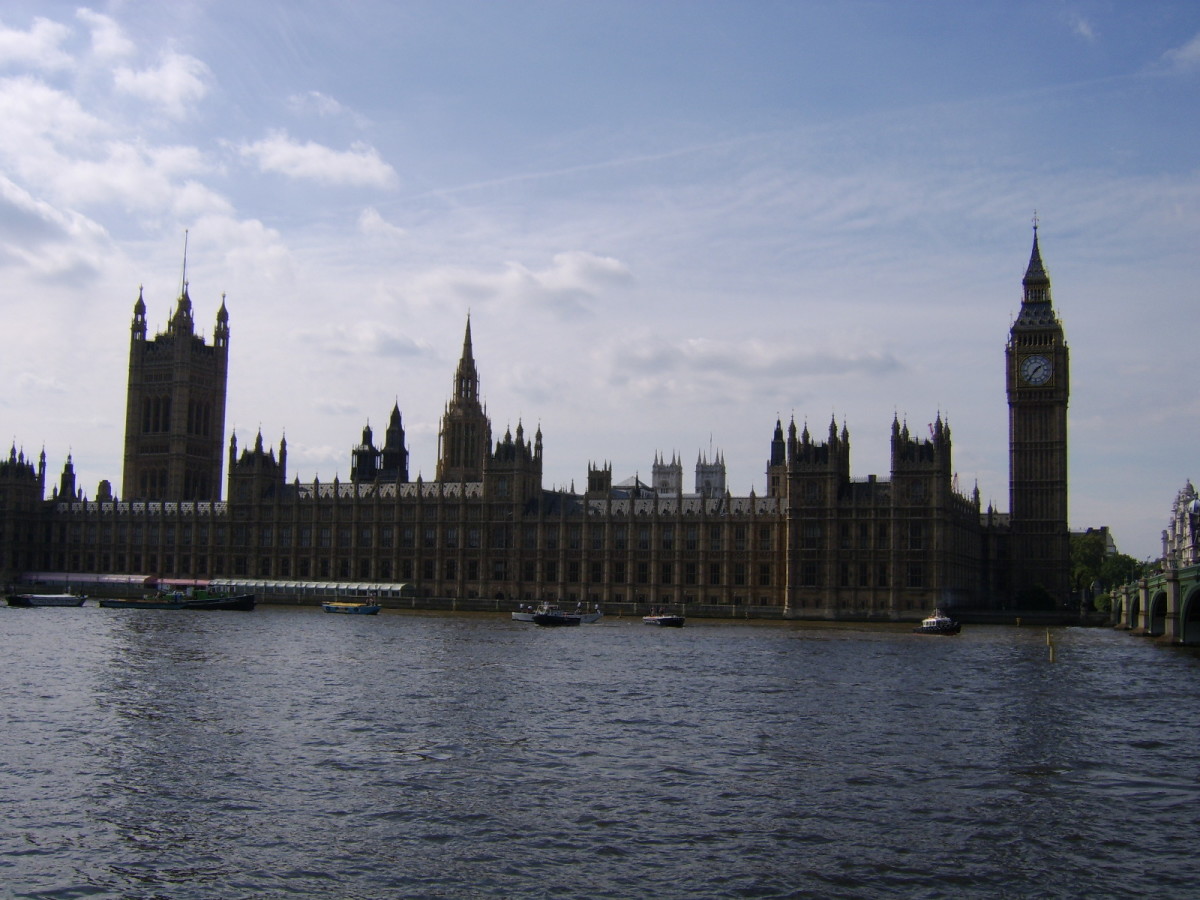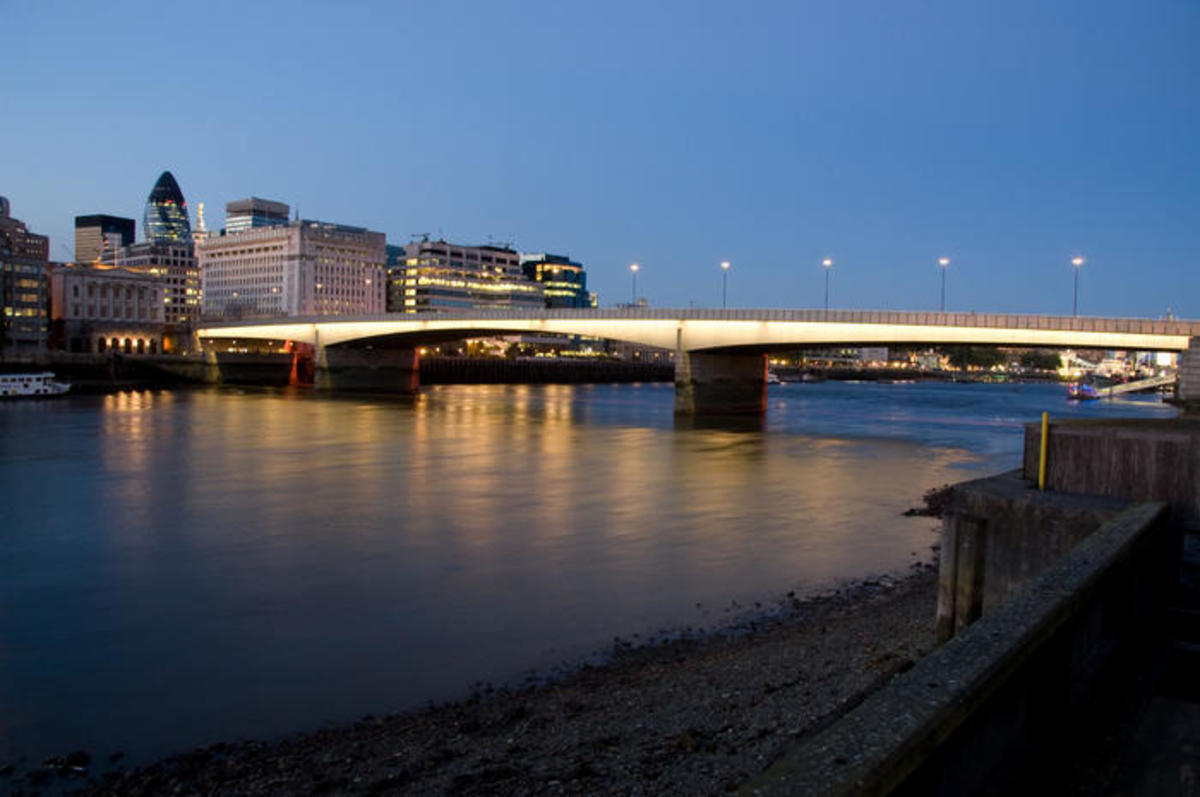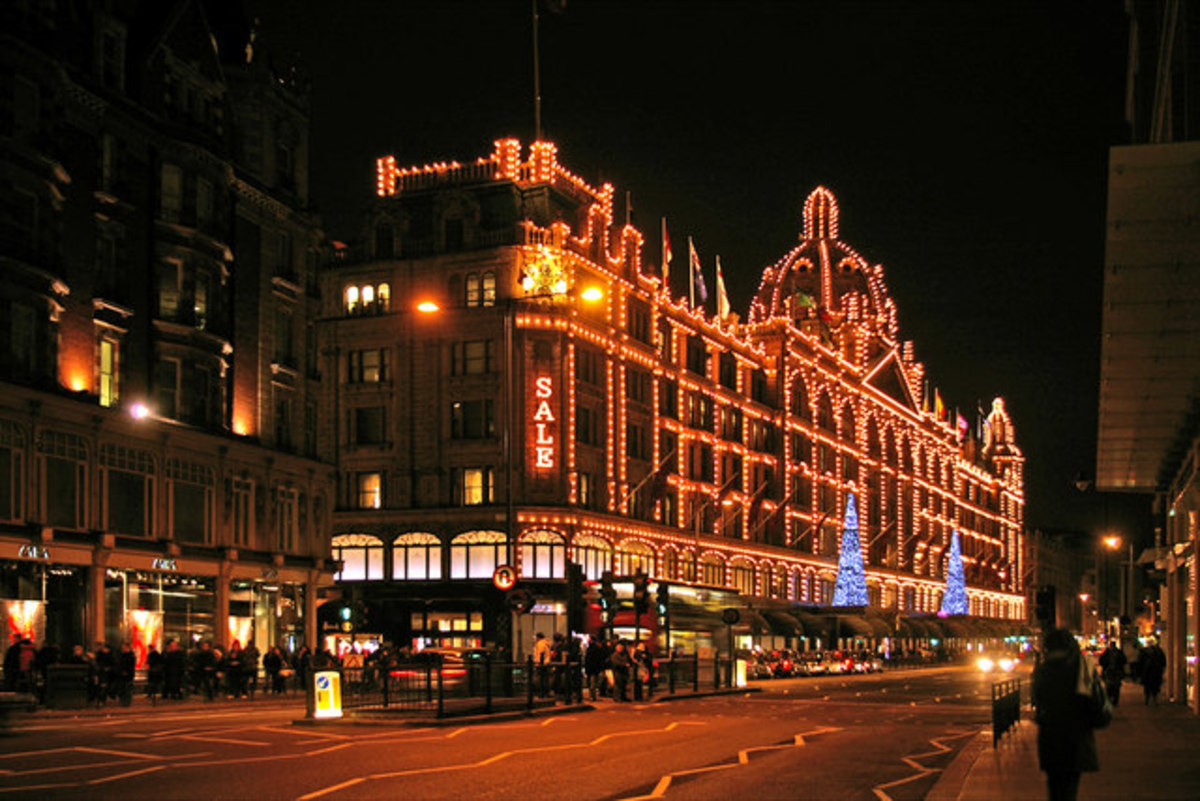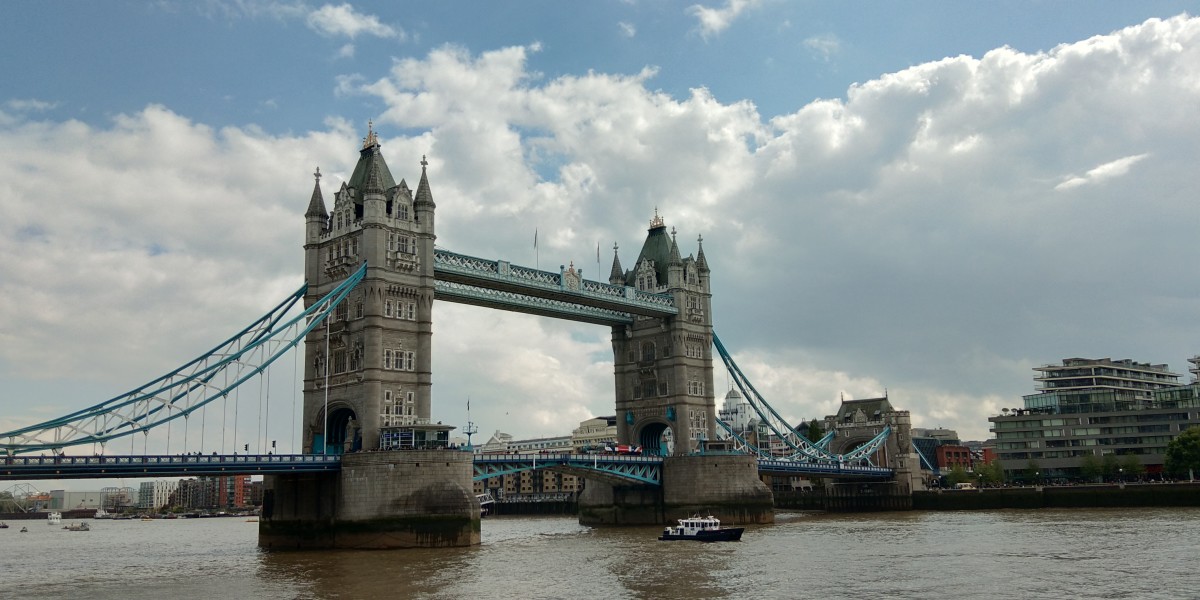- HubPages»
- Travel and Places»
- Visiting Europe»
- United Kingdom»
- England
Historic sites near London : St.Albans medieval cathedral and Roman town
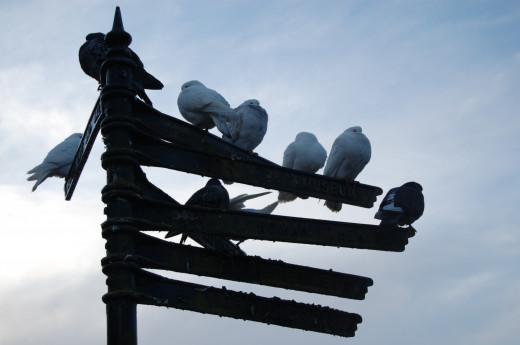
St. Albans lies just 20 minutes of train ride from London and is 5 miles from Luton airport. Known as Verulamium it was the second largest town of Roman Britain. During the Middle Ages St. Albans was an important market town dominated by the magnificent cathedral and monastery. The excavation of the Roman town unearthed a great number of artefacts which tell the story the Romans in Britain.
How to get there.
By car
St Albans is close to the M1 (Junction 6 for the A405) and M25 motorways (J21a for the A405, J22 for the A1081). The short M10 also links from the M1 (J8 southbound).
By train
St.Albans is easily accessed by train from London St. Pancras station. The train journey takes only 20 min. and the train arrives to the main St.Albans station. St.Albans station also can be reached from Luton Airport ( 10 min.) and from Gatwick Airport ( 1hour 10 min).
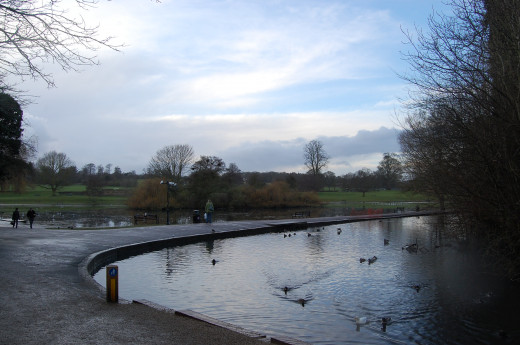
Roman Town
The Roman Town, Verulamium occupied an area of 7.2 sq km and was situated in the present-day St.Albans Park. The excavations of the town started in the 1930s unearthed a large amount of Roman artefacts as well as the remains of Roman structures – houses, bathhouse, theatre, temples and public halls. Many of the excavated artefacts are now shown in the Verulamium Museum which is devoted to everyday Roman life in Britain.
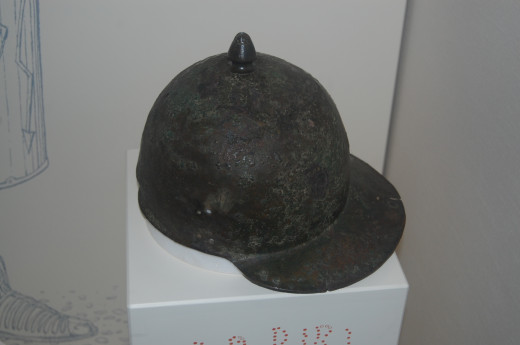
Roman Army
A Roman detachment was stationed in Verulamium which helped to protect the area from the attacks of local Celtic tribes and supervised the building of a road to the major Roman town and port Londinium (London) The Roman Army consisted mainly of foot soldiers or legionaries with the cavalry being less important in their forces.
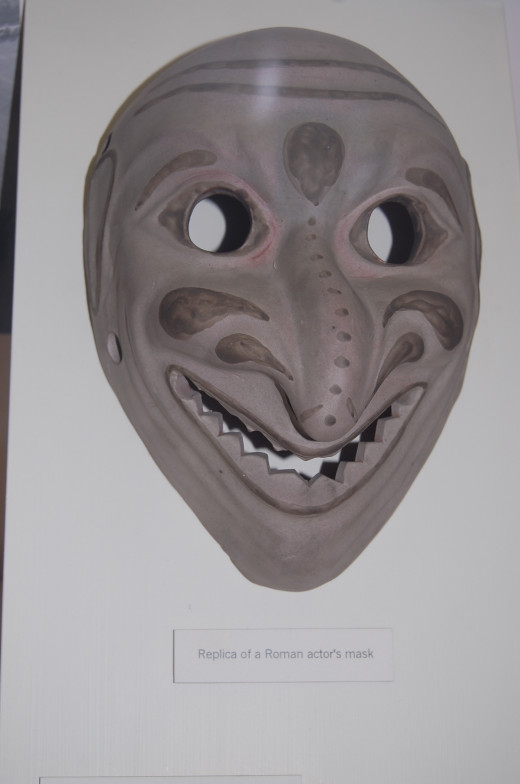
Roman Theatre
Verulamium’s theatre was built between 140-150 AD. To enter the theatre the public had to climb wooden staircases built against its outside walls. In front of the stage there was an open area called “the orchestra.” It is likely that the theatre was used for religious ceremonies as well as for drama.
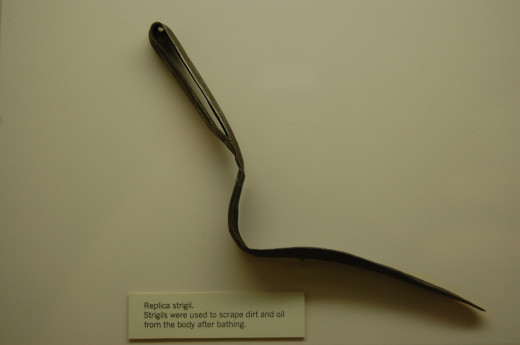
Roman Baths
Baths were an important part of Roman recreational and social life. The main bath in Verulamium had several rooms including hot steam room, cold room with cold bath and a warm room for socialising and massage. The baths had a under-floor central heating system. An outside fire heated the air which spread under the baths through a complicated system of channels or “hypocaust.” The same fire heated a boiler from which hot water passed through pipes to the hot bath room. Romans did not used soup in the baths, instead they scraped off the dirt with a treatment of oil, using a special tool called “a strigil.”





Everyday objects
The Roman civilisation enjoyed Mediterranean way of life. Romans drank wine and used olive oil imported in amphorae. Mediterranean goods were carried overland to Britain across France (Gaul) For dining Romans imported the red-coloured Samian pottery made in Gaul. Roman clothes was decorated with silver brooches of different designs. For writing they used wooden tablets coated with wax.



The Roman houses
Wealthy Roman citizens of Verulamium lived in houses heated by hypercausts.
The walls of houses were decorated with painted plaster and the floors with mosaic made of ceramic cubes set in mortar. The roofs were made of clay tiles.





St.Albans Cathedral
The present building of the cathedral was erected in 1077 by the Normans to replace an earlier Anglo-Saxon Benedictine abbey and monastery founded by King Offa in 792.The cathedral was considerably extended during the Middle Ages and underwent considerable restoration during Victorian times. A large amount of Roman bricks taken from the remains of Verulamium was used during the building of the cathedral.

